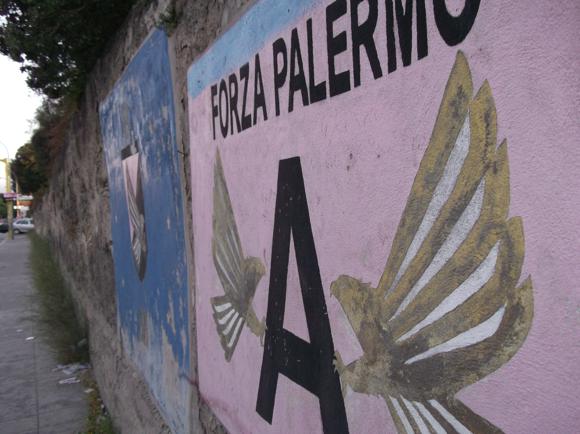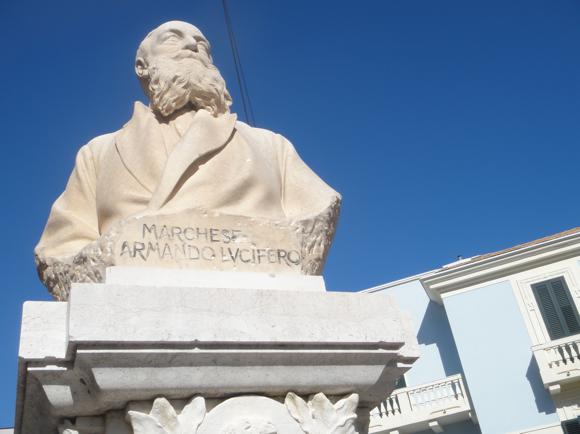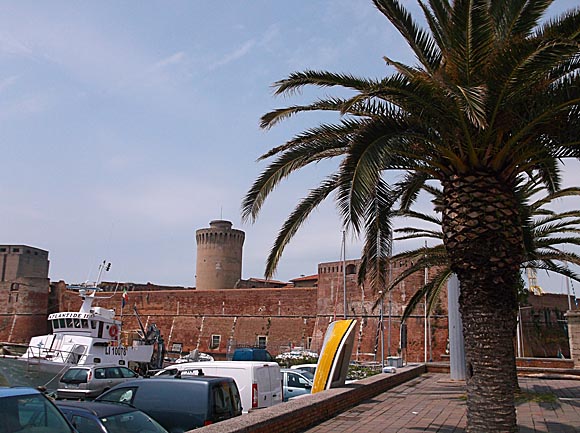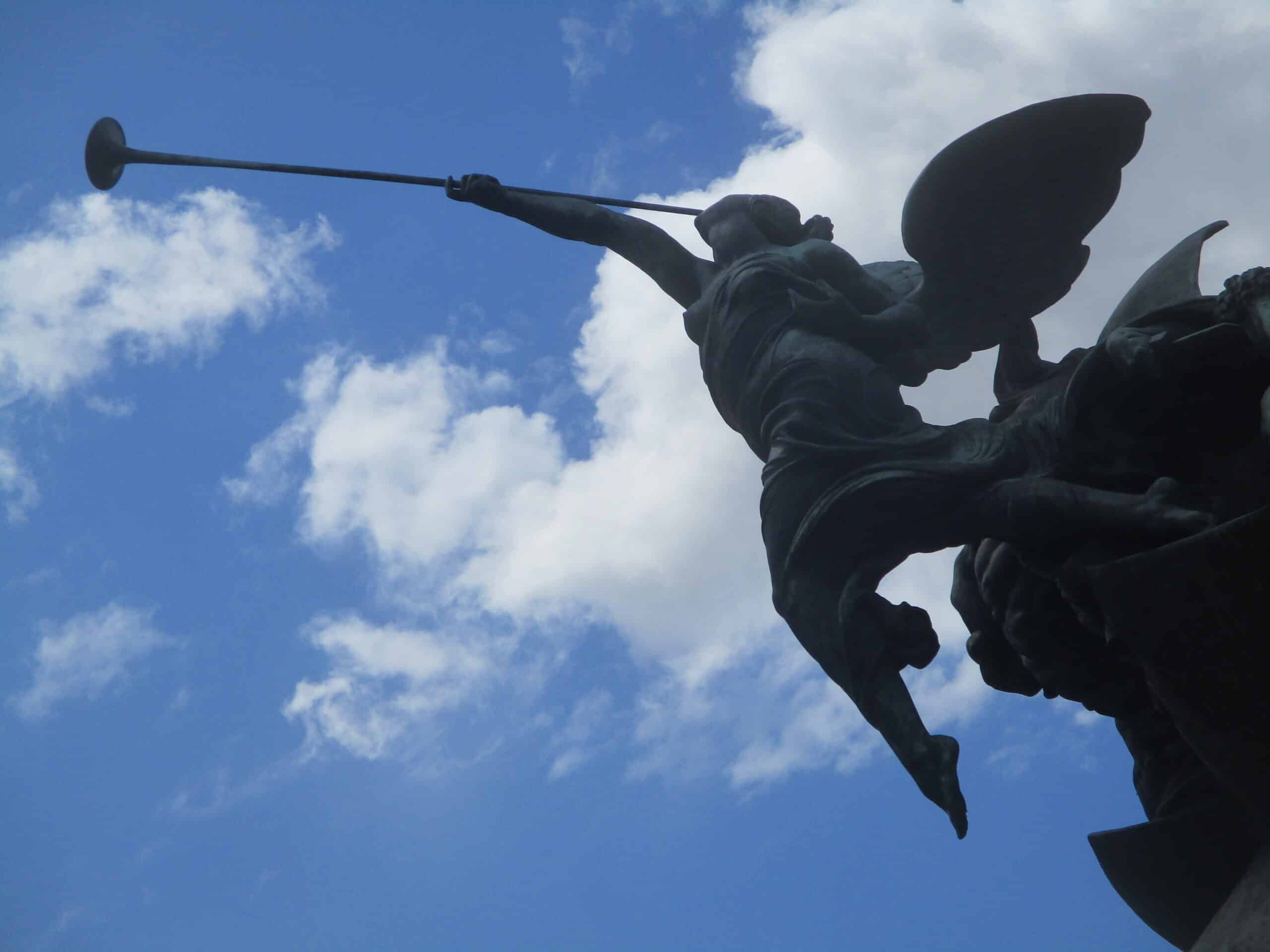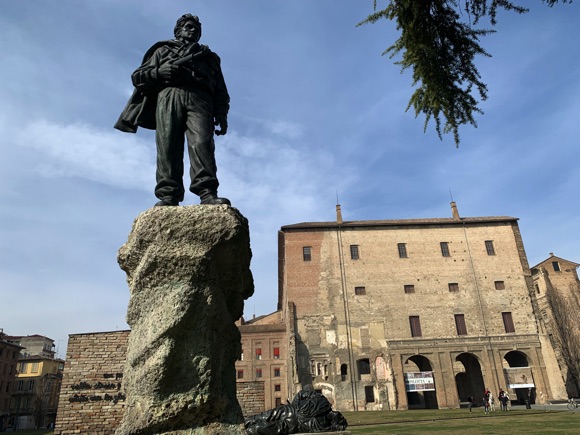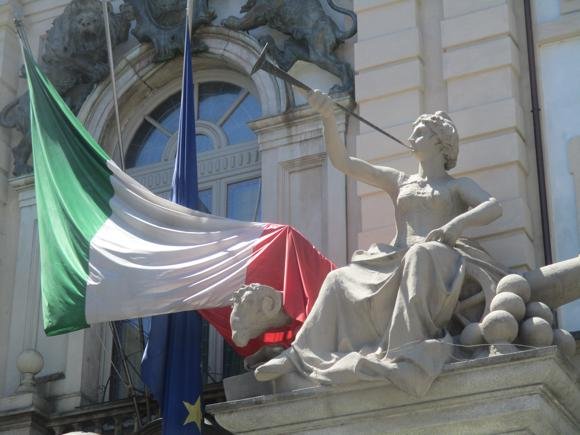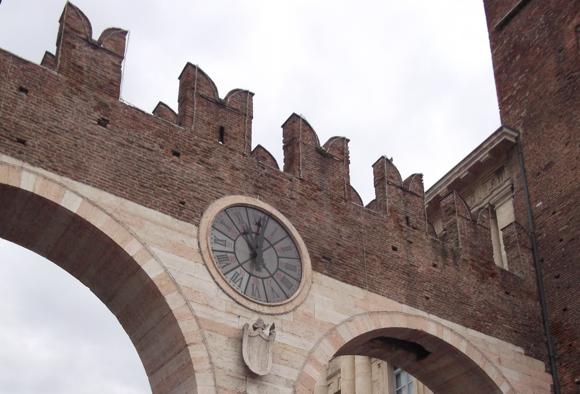Teams, tales and tips – a guide to the local game
Capital of Sicily, Palermo is both a grand metropolis of palaces, opera houses and soaring Norman churches, and a poorly planned, mafia-tinged madhouse. Its football club, Palermo FC, last competed in Serie A in 2016-17, before relegation, demotion and a name change from US Città di Palermo.
Before then, pink-shirted Palermo had been enjoying their most consistent spell in the club’s long history. Under the long-term ownership of Maurizio Zamparini, the Rosanero had seen managers come and go but also embarked on five European campaigns.

Their stadium, the Renzo Barbera, still referred to by its old name of La Favorita, was a venue for Irish and Dutch group matches at Italia ’90. It stands out of the city centre, just off the main E90 road that snakes around this north-west corner of Sicily, serving the main international airport named after two judges murdered by the mafia.
It’s a far cry from 1900, when erudite ornithologist Joseph Isaac Spadafora Whitaker, the then English consul, co-founded the Anglo Panormitan Athletic & Football Club. His colleague and co-founder, Ignazio Pagano, was also familiar with the game, having seen it while completing his education in England.
The team’s first official match came against Messina a year later, and Palermo competed regularly in the Lipton Challenge Cup against Naples. Renamed Palermo Foot-Ball Club, then reformed as Unione Sportiva Palermo after World War I, the team were a mid-range power in the burgeoning game in southern Italy.

The first Derby di Sicilia with Catania was played in 1936, shortly after Palermo had moved into their current home, then named after the surrounding area of La Favorita.
The clubs met over the course of some 35 seasons since, most recently in Serie C, though the riot of 2007 was so vicious it forced the authorities to suspend all games in Italy. Since then, not only did US Città di Palermo cease to be in 2019 but, in 2021, Catania, too.
With expat Sicilian fans all over northern Italy, Palermo remain the de facto flagship club of the island. Italy’s national team, meanwhile, continue to use La Favorita now and then, such as the disastrous home defeat to Macedonia in 2022 that ensured the Azzurri would miss out on the World Cup finals for a second successive time.
Getting Around
Arriving in town, local transport and timings
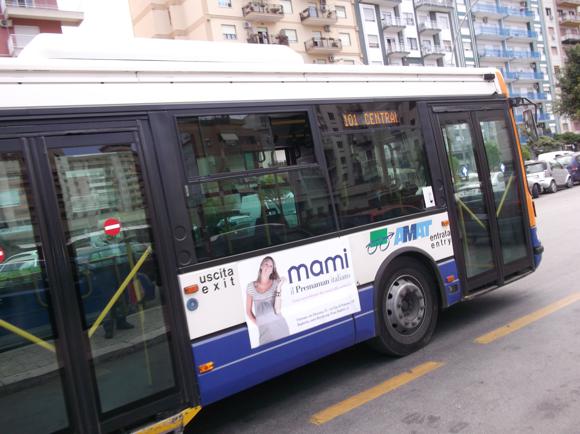
Palermo’s Falcone e Borsellino Airport is 35km (22 miles) north-west of town at Punta Raisi.
A Prestia e Comandè bus (€6.30, €11 return) runs every 30mins to Palermo Centrale train station, journey time 50mins. En route, the bus stops at Croce Rossa and A De Gasperi close to the stadium – but not two hours before or after any home game.
There is also twice-hourly train to Palermo Centrale (€5.80) from Punta Raisi station linked to the terminal, journey time about 1hr.
A Trinacria taxi (+39 091 6878) to Centrale should cost around €45 – but agree the fee beforehand.
City transport consists of buses run by AMAT, tickets €1.70 from the driver, €1.30 from newspaper outlets, to be stamped on board.
Where to Drink
The best pubs and bars for football fans


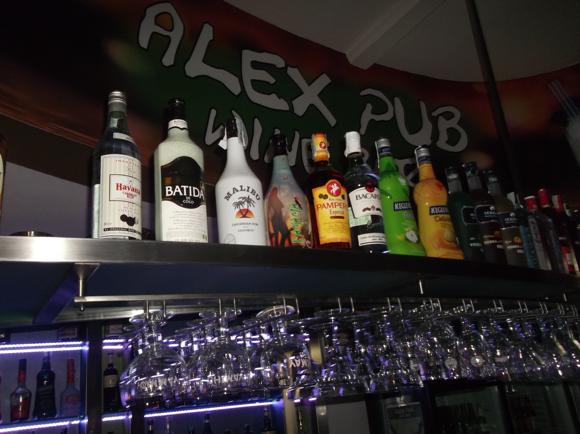

Compared to even Catania, Palermo lacks a real nightlife hub – its varied if modest offering of venues is spread around the city centre and beyond. Note that certain sidestreets in areas such as Kalsa between via Roma and the Foro Italico can be risky after dark.
A reasonable and safer place to start, though, would be the cluster of streets behind the Teatro Massimo, in particular via Salvatore Spinuzza. There, the Alex Pub (No.18) is a contemporary but unpretentious spot with affordable cocktails complemented by a solitary tap of Tuborg. TV football can be enjoyed inside and out, on the terrace. As its name suggests, the nearby Champagneria Massimo (No.59) is more upscale, but too upscale as to offer Tennents beer and football action on a prominent TV inside.
Moving up via Libertà, the Kovacs Pizzeria Birreria (No.6) is a handy, late-opening spot for a beer, more Italian than Hungarian, with a TV set up for big matches.
Just off Libertà, Di Martino (via Mazzini 54) is a popular, arty bar/eaterie where early arrivals can choose a table with a view of calcio action.
Like in many Italian cities, Palermo has a smattering of pubs, in reality restaurants serving lesser-found foreign beers. Here the Tennent’s Irish Pub contains a more pub-like TV area for football-watching – and specialises in steaks. You’ll find it near the piazza Unità d’Italia.
For a livelier scene after dark, in term-time students head to via dei Candelai, up via Venezia from Vucciria market. Nearby, the 4 Canti Pub has regular live music and a party atmosphere.
Where to stay
The best hotels for the stadium and city centre

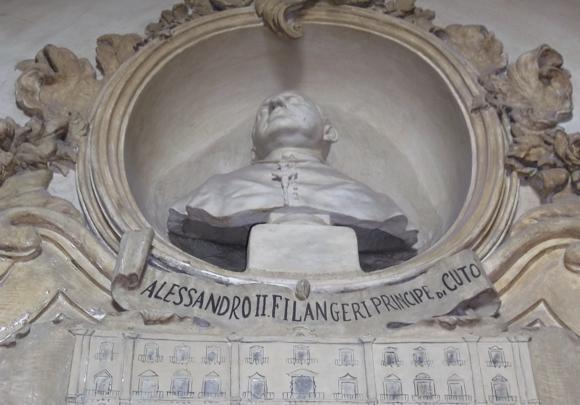

The City of Palermo has details of a few local hotels.
There a few hotels near the stadium, which is stuck out on the edge of town. The closest is the Torreata Residence, a 54-room three-star with a restaurant that makes a point of advertising its proximity to Palermo FC.
In town, options range from the opulence of the Grand Hotel Wagner and Politeama – to the shambling but charming bargain-basement Orientale (via Maqueda 26, +39 091 616 5727), set in an atmospheric courtyard near the station.
Another cheapie close to the station is the Vittoria, with free WiFi, while the Palermo Art Lincoln (via Lincoln 161, +39 328 544 5482) is more upscale but still affordable.
Away from the station, the B&B Teatro Massimo, close to the landmark attraction of the same name, is comfortable, cheap and well located.

